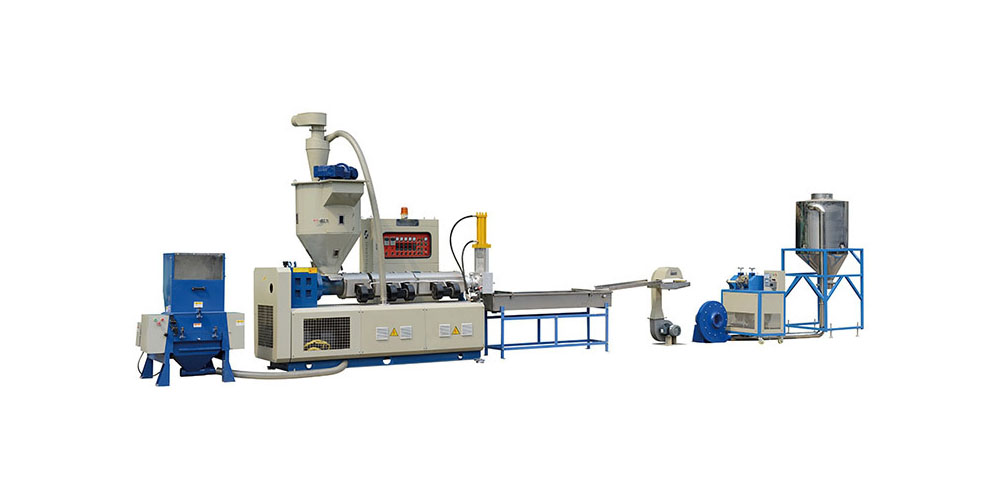Plastic granulators can process any kind of scrap produced in a plastic plant. They do so in different applications across industries and allow the recycling of plastics. The machines differ in features based on the type of granulator and are available either locally or on an online shopping website. Many companies have emerged, producing these machines but as a consumer, before buying one, do you understand its features? In this post, we discuss the characteristics of plastic granulators.
What are the Characteristics of Plastic Granulators?
All plastic granulators work towards the same purpose; however, some features vary, while others are similar. In addition, more factors set them apart, but we look at the general characteristics of these devices below.
1. Throughput or Volume
Throughput refers to the materials going through a particular process. Granulators have no specific throughput limit; hence an excellent-sized machine can accommodate any amount of materials or scraps. The major limitation of the granulator machine is the feed opening.
Its size and shape determine the type and size of material components that go through it. The machine operator can reduce the size of some scraps if they can fit through the feed opening and not jam the machine. The device may not work for high-volume materials or scraps unless its size is also significant to accommodate the scraps.
2. Method of Feeding
Granulators require careful feeding of materials or scraps to prevent jamming. Small amounts of materials are continuously put inside such that when the batch is done with processing, the other is ready in line. You can use your hand to place the pieces of the material inside or use the automated system that is the conveyor or robot.
The plastic granulators operate differently from the shredders. You can dump any material in the hopper of the shredder machine without worrying about the size or volume. They require no attention since once you put the materials in, the rest of the process takes place automatically.
3. Density
When using a granulator, be careful with the kind of scrap you are putting inside it. Some put too much strain on it, resulting in excessive noise, power spikes, and damage to the granulator machine. As a company owns one manufacturer, in the absence of a shredder, cut all materials into small pieces using a saw or other related tools.
Though granulators have high horsepower and a hog rotor, proper material densities are vital to keeping them functioning as intended. If you don’t want to cut every piece of material or risk damage with heavy and high-volume scrap, go for shredders to save time and make the process easy.
4. Size of Materials
The shredder and granulator machines reduce the materials into pieces; however, the shredder needs more processing to get the scraps to a uniform size. Materials in a granulator are reground and taken back to the extruder or moulding machine. The sharp knives cut the materials repeatedly until they go through all the holes.
Bottom Line
Assessing the characteristics of each type of granulator machine helps you choose the best kind. Some are standard, while others are advanced, so you can determine what you need and don’t need based on your needs.

